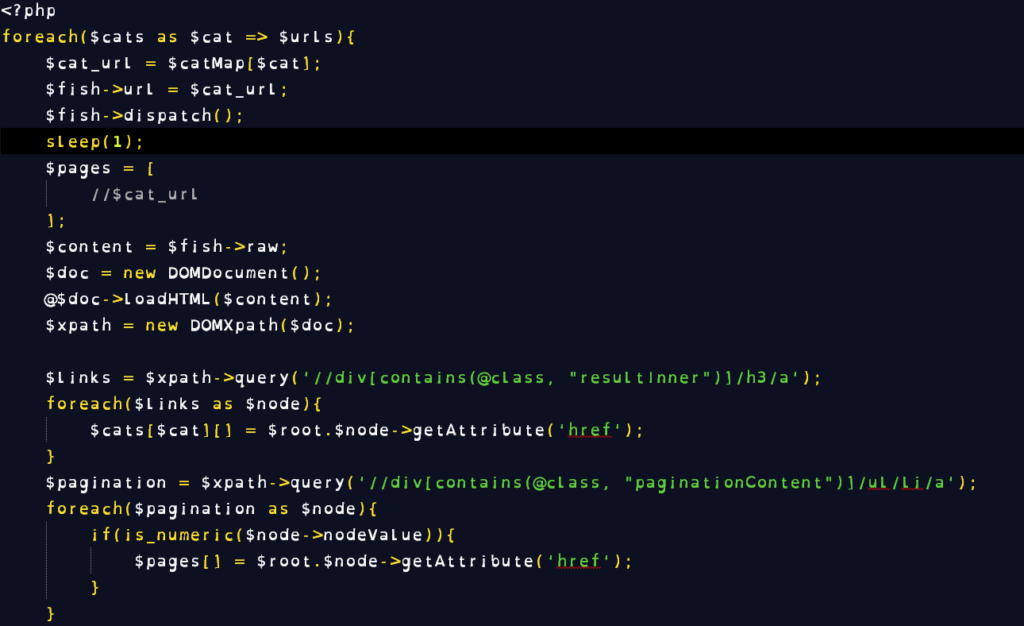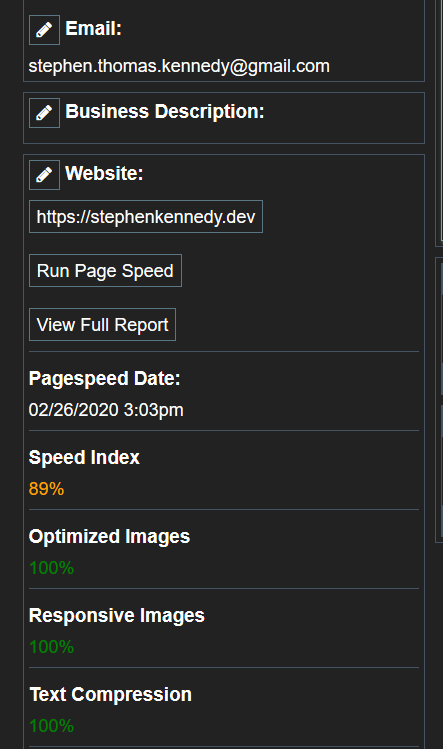Getting An Email List
I’ve been pushing email marketing of my services a lot lately.
Chances are if you are reading this blog post, you may well have come from one of the hundreds of emails I’ve sent over the last few weeks. And I thought to myself, this might be a great chance to break down how I solve problems and give you an idea of how my methods will fit with your business.
First, let’s look at the problem:
Email Marketing, or more explicitly, Email Marketing With Little to No Budget.
Like a lot of older forms of marketing, email marketing has had a drop off in effectiveness over time. This means that while it is by no means an ineffective form of marketing, it is one with a relatively low yield. Since I effectively have no budget (other than my own time) to spend on marketing for the moment, it’s not a tactic I would normally consider. Or at least, I wouldn’t consider it if I hadn’t found a large database of local businesses one morning while I was drinking my coffee.
An online database is good and all, but nothing can be reliably automated around a resource that you don’t control. The first problem to solve was how do I take this online database and transform it to something I have control of localy, to modify, update, and prune?
If you’re not following web tech news you might have missed this story, but a few years ago a California federal court established that as long as the information is not behind a login screen of some kind, it is not illegal to automate the process of scraping that data from the website. (Here’s a link to an article about that if you’re interested: https://arstechnica.com/tech-policy/2017/08/court-rejects-linkedin-claim-that-unauthorized-scraping-is-hacking/) That said, putting undue stress on the server hosting the information does venture into the realm of the illegal (and just plain rude), so I had to balance the act of getting the information I wanted and not abusing the server providing it.
I settled on writing what I call a “respectful” crawler, which I do by limiting the number of requests I allow it to make. This slows down the whole process, but it ensures that the website administrator doesn’t have to throttle my connections or outright block me. Gathering information isn’t a new automation task for me, so I have a pretty solid workflow, and had a functional crawler in three parts in about four hours.

The database was divided into categories and lists of businesses, which I crawled to get a full list of the pages that I wanted to pull information from. I then crawled every page in that list to pull business names, addresses, phone numbers, and websites where available. This process took several days and netted me a database of well over 30,000 businesses. To reduce this to a more manageable number, I limited my next steps to businesses within Stroudsburg and East Stroudsburg with a listed website.
Next, Organization:
Now I needed to gather information about the websites so that I could recommend services. The Google Page Speed tool that I mention in some of my emails has a free API that can be used to automate website analysis. So I then wrote a script that attempts to contact the listed website for the business, and if the website does exist at that address, it passes the website to the Google Page Speed API which returns a report that it then saves to the database of businesses I am building.

Based on that report I am able to log scores in different categories to give me a better idea of what areas the website can be improved in, and more importantly, list the websites in order of ones that can best benefit from additional work. Hopefully allowing me to prioritize businesses that will be more likely to respond to my email marketing.
At this point, I have a database of businesses I want to contact and an order I want to contact them in. Join me next week as I walk you through my next steps and start crafting the way I will contact them.
If you’d like to learn a little more about how to optimize your website, try my blog post on image formats.
And, if you can’t wait until next week to learn more about my approach to email marketing, or you’re interested in talking about any of the services I offer, fill out the form below to get in contact with me directly.
